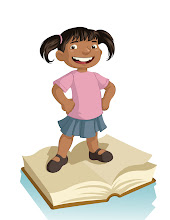Poverty is the shortage of common things such as food, clothing, shelter and safe drinking water, all of which determine our quality of life. It may also include the lack of access to opportunities such as education and employment which aid the escape from poverty and/or allow one to enjoy the respect of fellow citizens.
In a recent report on "Children At Risk in Harris County-2008" 54.2 % of the student population live in economically disadvantaged homes which have an annual income of less than $34,000. Many school age children are homeless and the weekly economic reports reveal the numbers are rising. As we continue to provide professional learning experiences, we must be mindful of these factors that impact learning and find ways to provide the necessary supports that make education, "the way out."
How can we support teachers who want to understand and assist students from poverty?
Subscribe to:
Post Comments (Atom)


those numbers are startling. really, shocking. as to your question, i guess 'i don't know' isn't going to cut it? a good place to begin is slocumb and payne's work but that tends to deal with the culture and hidden rules of generational poverty, not so much kids or families who have recently found themselves 'without'. seems odd, i remember not so long ago speaking to someone about the difference between individuals from old money and new money in terms of retail sales and how they treat others. quite the sign of the times that the conversation now turns the noveau impoverished.
ReplyDeleteBeing informed will be the key in supporting teachers as we share information regarding available resources for the basic needs of life.
ReplyDelete